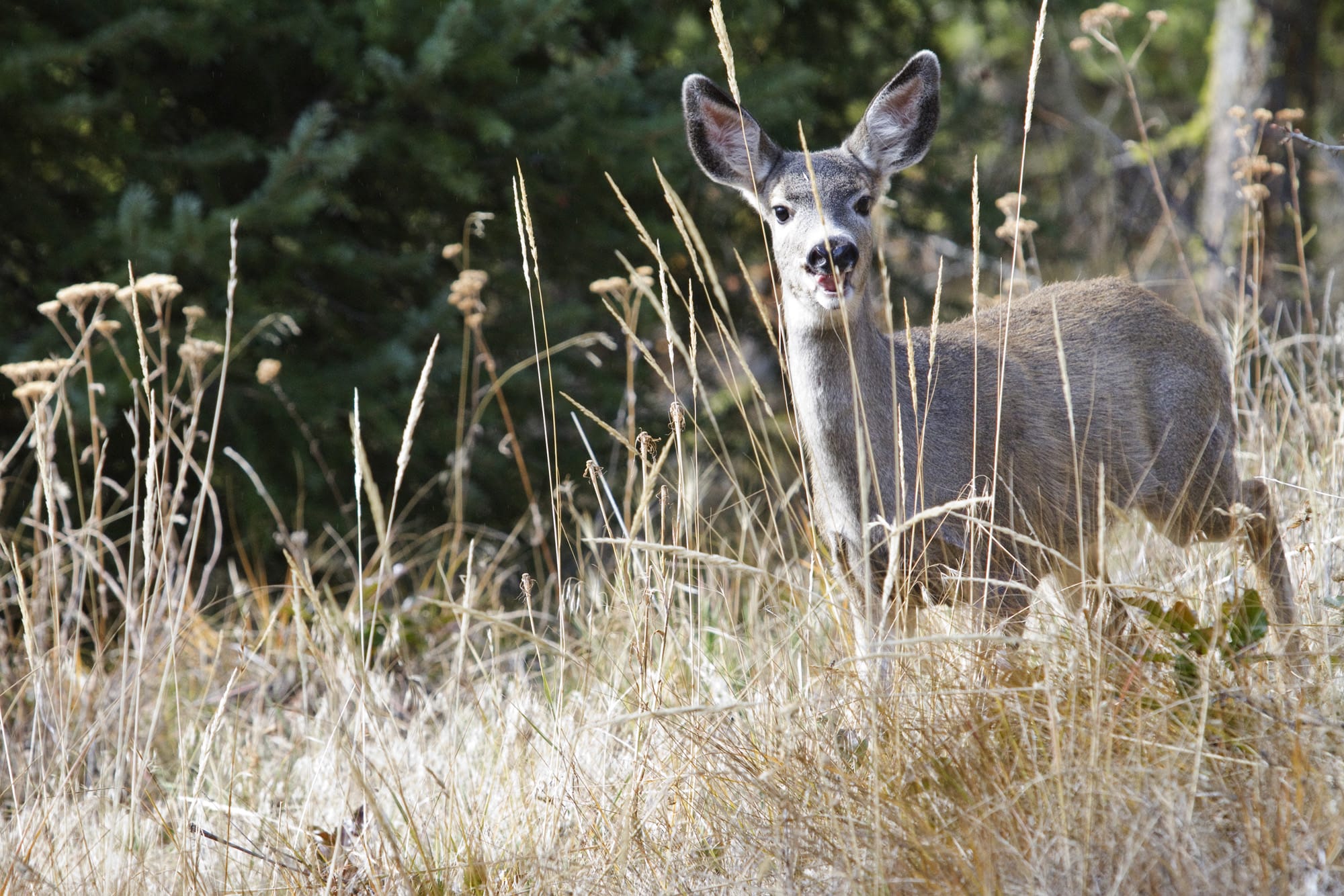Nestled along the edges of the Columbia River on the southern fringes of Benton County are several islands where state wildlife biologists occasionally hike to survey the nests of migratory geese.
The islands also often have small populations of deer, some that swim out only during the fawning season and others that stay to enjoy the safe haven from predators.
About 15 years ago, those biologists doing nest counts found something else instead.
“All the deer were dead on the islands. Every last one of them,” recalled Jeff Bernatowicz, a Yakima-based wildlife biologist with the state Department of Fish and Wildlife. “You couldn’t find a live deer.”
The deaths were eventually attributed to a mutated and particularly virulent form of Adenovirus, a hemorrhagic disease known to cause tuberculosis in cattle.



